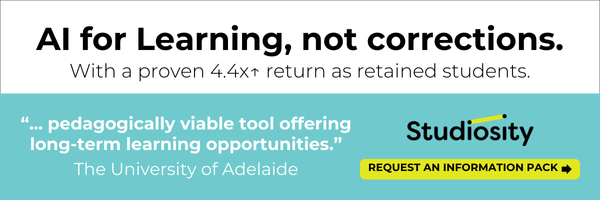It was quite a delivery when a big robotic arm rolled into Calgary in January.
Its arrival marked a key milestone for Robocraft, an innovation and research initiative undertaken by the University of Calgary's School of Architecture, Planning and Landscape (SAPL) under the Urban Alliance (UA) partnership.

The ABB 4600 robotic arm at the Wave Tech Centre. Photo Credit: Kyle Sieben
Weighing in at more than 450 kilograms, the arm, distributed by global technology leader ABB, will enable researchers to customise different fabrication tools and test-drive new methods for building accessible and efficient urban spaces. Through custom-build design to fabrication software, researchers can simulate and test complex construction techniques, experiment with sustainable materials, and refine designs that prioritize both functionality and inclusivity.
The arm located at Wave Technology Centre in downtown Calgary, is set to play an integral role in urban-design research and dissemination, thanks to UA, a longstanding strategic partnership between UCalgary and The City of Calgary. The project is supported through funding from The City, Prairies Economic Development Canada and Mitacs.
By leveraging advanced manufacturing techniques, Robocraft aims to develop state-of-the-art solutions that help build more accessible urban environments.
"With robotic fabrication and digital tools, we can create customized urban furniture and infrastructure right here in Calgary, reducing costly imports while making our city more inclusive and sustainable," says Dr. Alicia Nahmad Vazquez, PhD, an associate professor in SAPL.
Led by Nahmad Vazquez, the three-year initiative brings together UCalgary researchers and city experts to explore robotic 3D printing in urban environments.
Robotics could redefine how cities evolve
One of Robocraft's most innovative aspects is how it envisions engaging Calgarians directly in shaping their city. A goal is that, in the future, anyone may be able to use digital tools to design and 3D-print objects for public spaces, ranging from wheelchair ramps to paving stones, helping customize their environment to better meet community needs.
'So, you can put at the end of the [robotic] arm, whatever you will use with your hand,' says Nahmad Vazquez. 'We have used them for wood-milling, for chainsaw-milling, 3D printing, for hot wire-cutting and painting.
'By giving people access to digital design and robotic fabrication, we're not just building infrastructure we're empowering communities to shape their own spaces.'
This approach not only enhances community participation, it also opens doors for workforce development, equipping individuals with expertise in robotic fabrication and digital manufacturing.
Although still in the experimental stage, Nahmad Vazquez hopes that, by embedding this technology into design and fabrication processes, Robocraft can help redefine how cities evolve in response to changing needs.
UCalgary and City of Calgary partnership delivers technology advances
Robocraft was made possible thanks to the UA partnership, says Jason Cameron, IT program manager with Information Technology at the city.
"Urban Alliance creates opportunities for research and innovation to be directly applied to city challenges," he says. "This kind of partnership allows us to break down barriers, test new ideas and bring forward solutions that might not otherwise be explored."
The partnership offers two-way benefits: The city gains access to urban-planning research while the university enjoys a real-world laboratory for innovation. By working together, the partners are able to turn academic insights into practical solutions.
For robotics PhD student Mahdiyar Esmaeilbeigi, the Robocraft project provides invaluable hands-on experience, allowing him to work on projects that have a tangible impact on urban development.
"One of the greatest advantages of hands-on robotic fabrication is the confidence it instils in students," Esmaeilbeigi says. "Seeing their designs solve real problems gives them a sense of accomplishment and belief in their ability to create meaningful change."
Scaling up innovation
Looking ahead, the Robocraft team is excited to expand its impact across Calgary. Planned initiatives include designing urban furniture, accessibility improvements and living plant walls that merge art with functionality.
"Innovation isn't just about new technology, it's about how we integrate it into the fabric of the city," says Nahmad Vazquez. This philosophy drives every phase of Robocraft, from prototype to public installation, with real community needs at the heart of the process.
Next stop: Venice
This forward-thinking approach is already earning international recognition.
Cameron says that the adaptive urban solutions emerging from Robocraft will be among the many innovations showcased in May at the Venice Biennale; the world's largest architectural design exhibition.
"Another great outcome of this project is its recognition as a global leader in collaboration between post-secondaries and cities for creative design," he says.
Video Credit: Kyle Sieben










